The 32nd Livestock Summit, the World Sustainable Livestock Show, was held from October 3 to 6 in the Gande Halle d’Auvergne and at the Zénith at the foot of Puy-de-Dôme.
1,550 exhibitors from 35 countries, 110,000 professional visitors from 80 countries, 2,000 animals presented, 132 million euros in local, national and international economic benefits, a major event in the heart of the Massif Central, one of the main breeding areas in Europe.
Over four days, more than 100,000 commercial transactions will take place. Some exhibitors even make 30 to 40% of their annual turnover there. The Sommet de l’Elevage has become the most important European show with 70 breeds in competition, five auctions, 100 conferences and symposia.
Two major themes emerged, the energy transition and transformations on the farm.
The international level has progressed a lot. 5,000 foreign visitors came from all over Europe as well as Africa.
This year, Georgia is the guest of honor, a breeding country of 3.5 million inhabitants between the Black Sea and Caucasus Mountains.
Golden Summits rewarded 10 breeders for their innovation in equipment, agricultural machinery or supplies. A special “animal welfare” prize was also awarded.
70 cattle breeds are presented in competition, Limousine, Charolaise, Brune, Salers, Montbéliarde, Simmental, Parthenaise…
For sheep, the Southdown national competition highlighted them.
Throughout the week there were demonstrations of the work of herding dogs, wool shearing and animal traction tools.
Marc Fesneau, Minister of Agriculture and Food Sovereignty, inaugurated the show which also received a visit from Laurent Wauquiez. The president of the Auvergne-Rhône-Alpes region stressed that his region focuses on training and installation aid. It is in Auvergne-Rhône-Alpes that the grant for young farmers is the highest in France.
Agricultural education is becoming more and more popular, with class attendance at agricultural high schools increasing.
Young people who choose this path are motivated and passionate. You have to be because the job is hard, subject to climatic hazards, and poorly paid. On the other hand, say those who have opted for the agricultural world, “We have freedom; we organize our work as we want; we work with the animals outside, for ourselves and for others.”
Grassland farming in danger in the largest meadow in Europe!
Ten departments of the Massif Central took advantage of the event to defend their territories threatened with being wiped off the map following the recommendation of the Court of Auditors to drastically reduce the number of cattle in France for ecological reasons. They created a collective that highlights the role of meadows in water storage and carbon capture while recalling the work of generations of farmers who have shaped our landscapes.
2026 will be the World Year of Pastoralism under the auspices of the UN. In the meantime, it is a social choice that the consumer must make in the field of food. “The French do not want factory farms at home but they support them abroad by buying low-end products,” declared Jacques Chazalet, president of the Sommet de l’Elevage.
Copyright©2023 IMPACT EUROPEAN. All rights reserved.
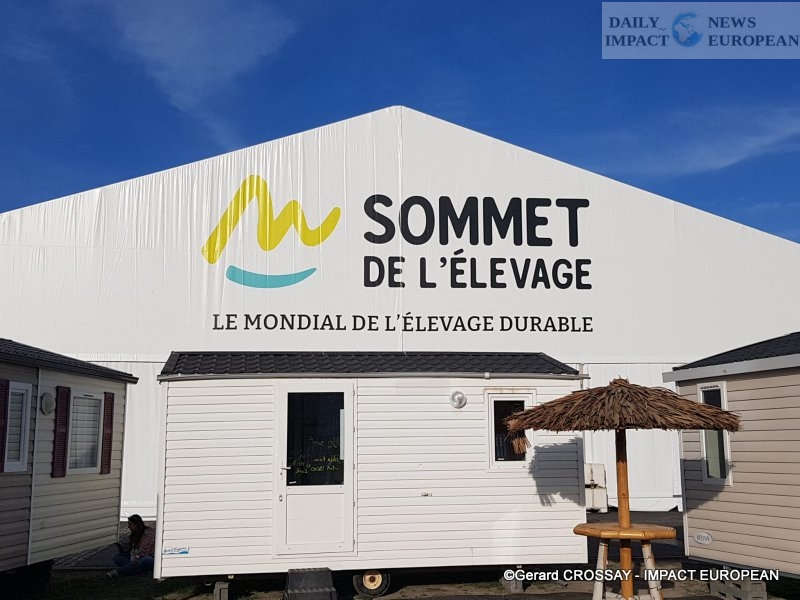
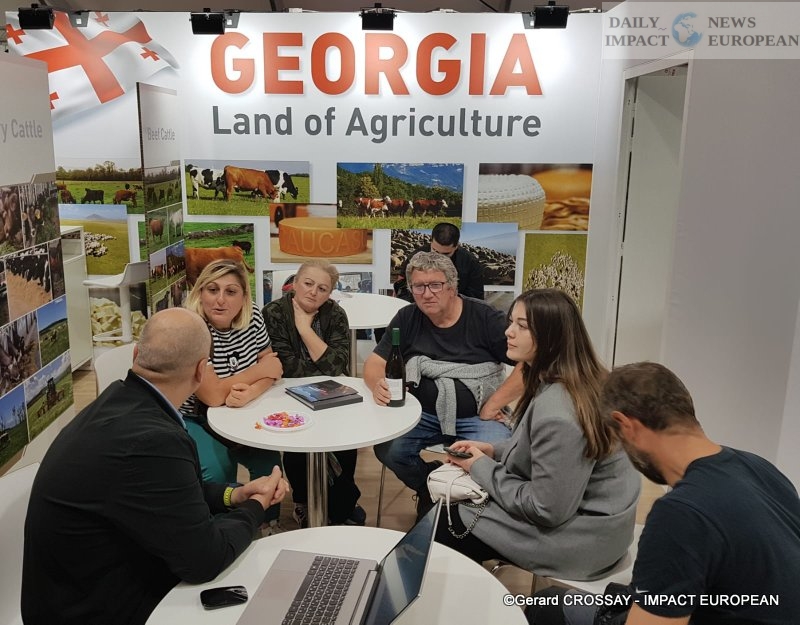
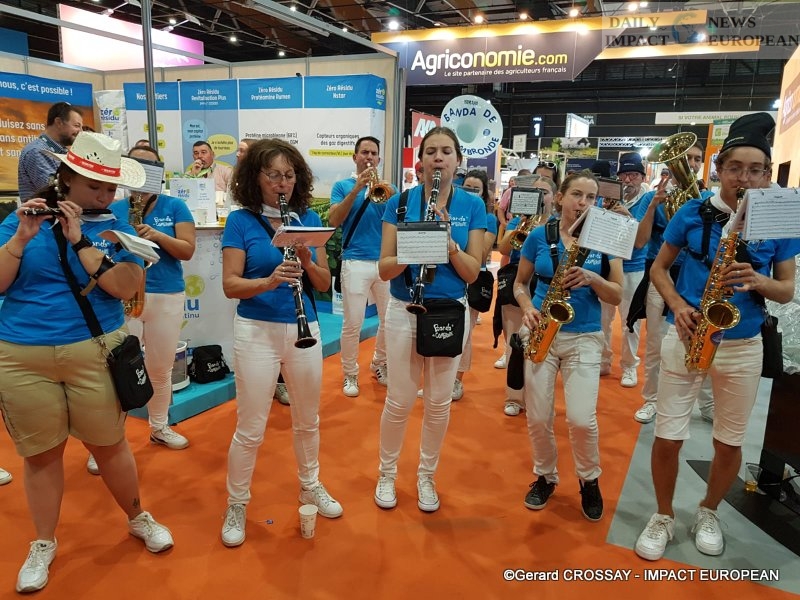
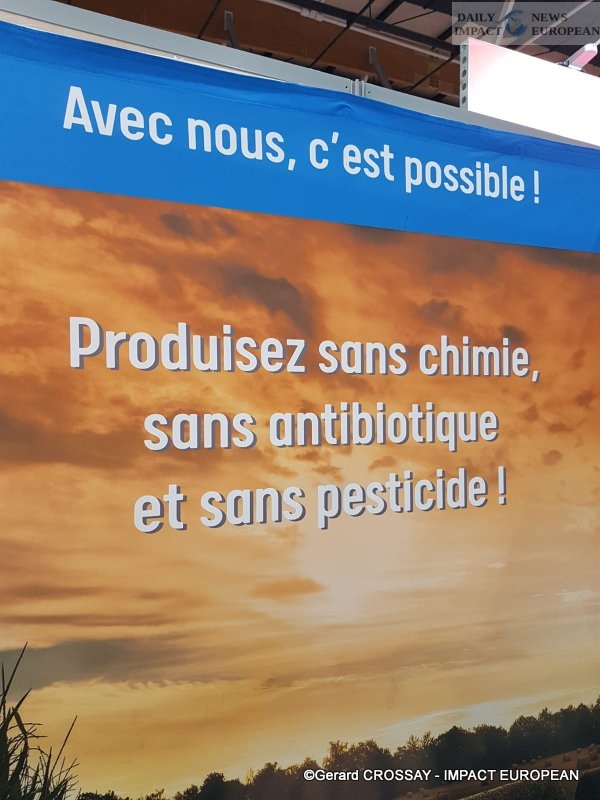
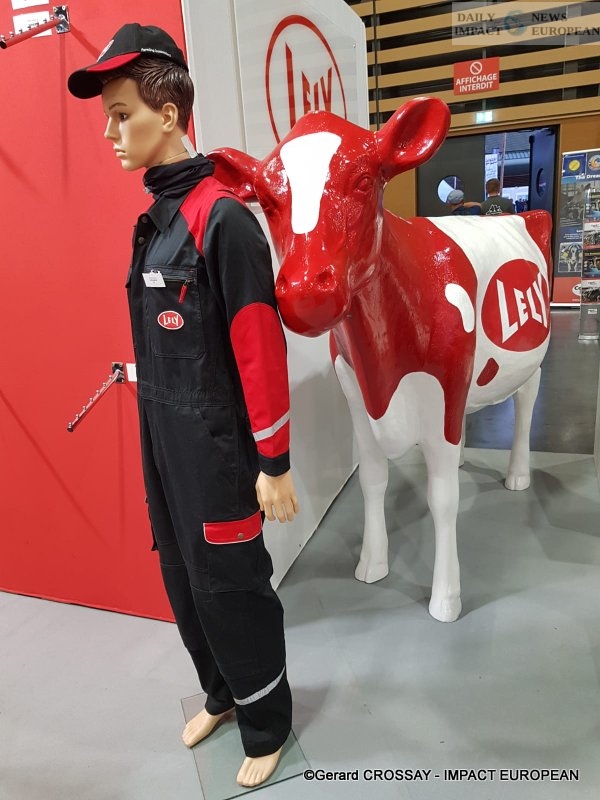

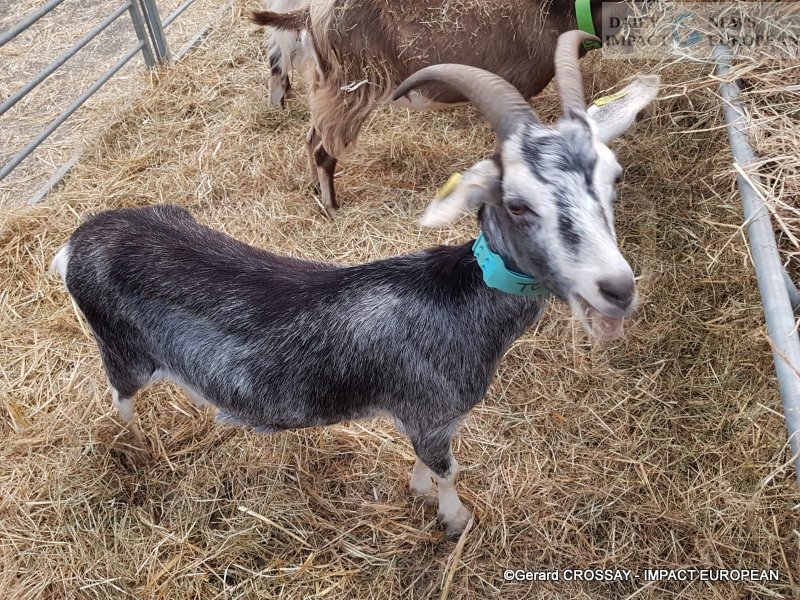

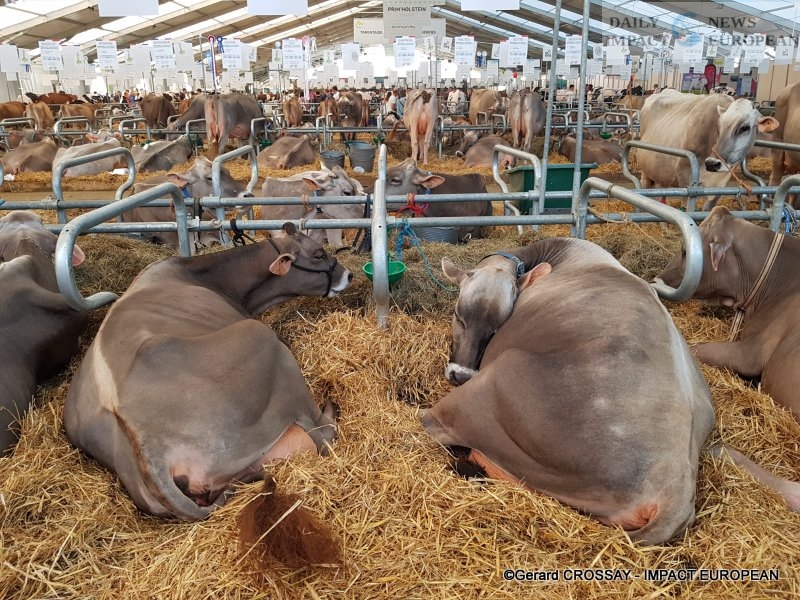
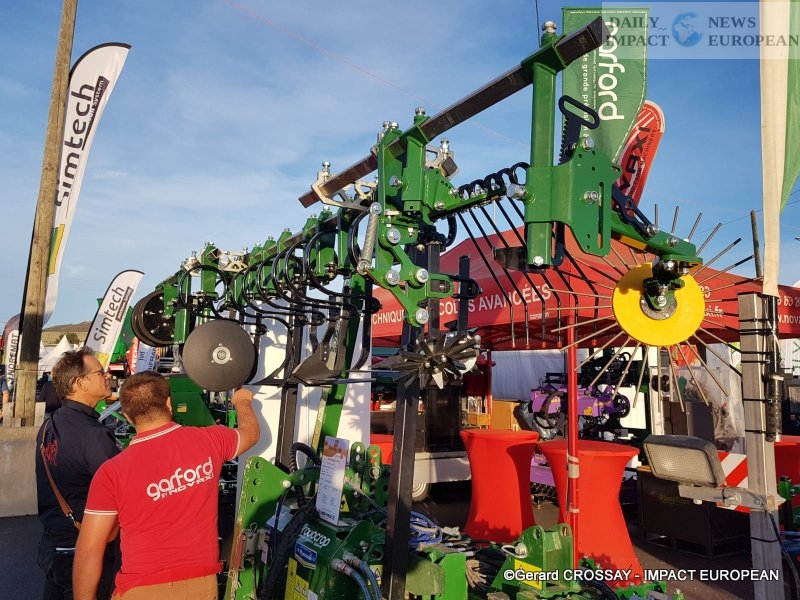
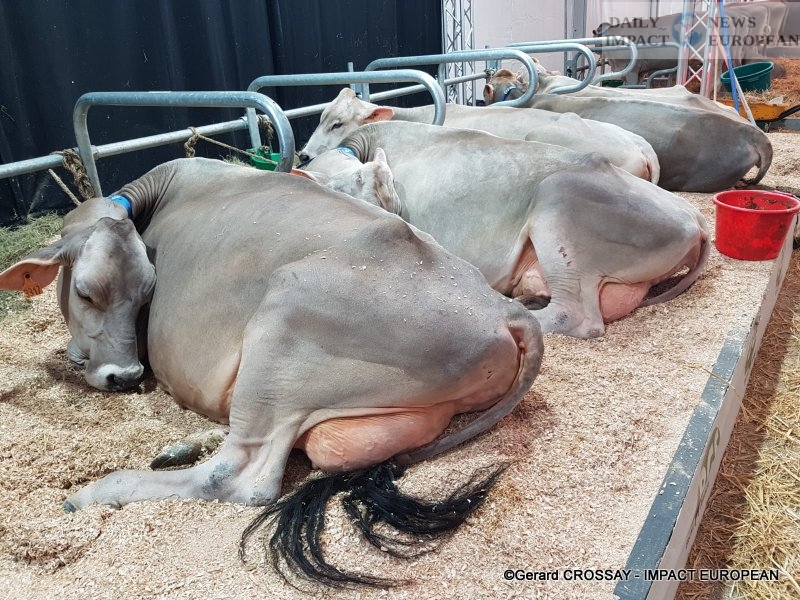

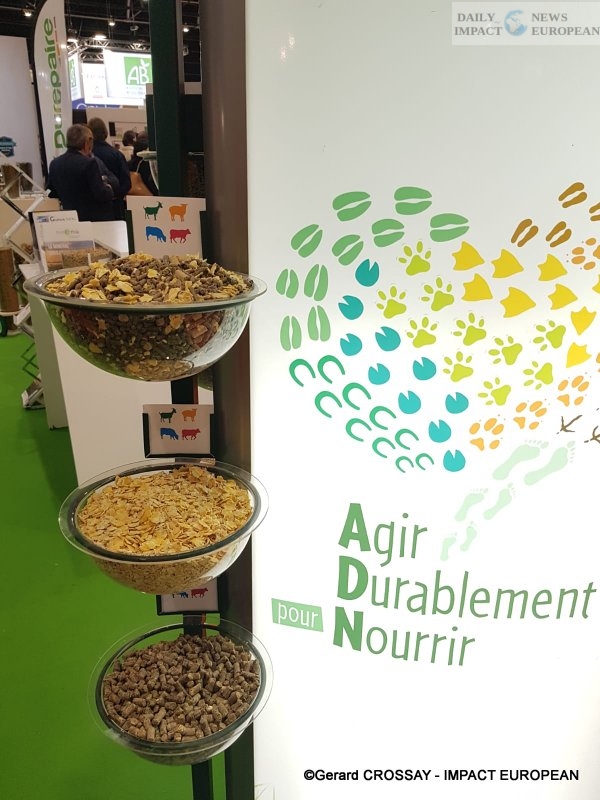
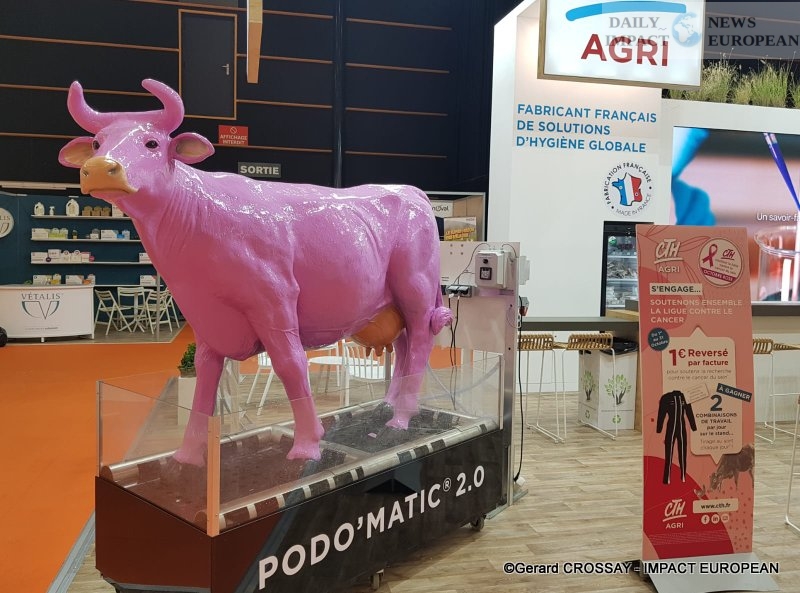
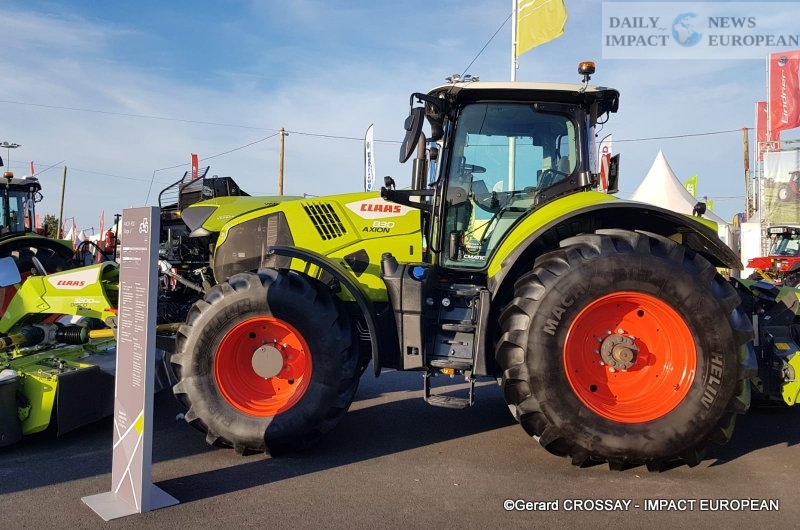
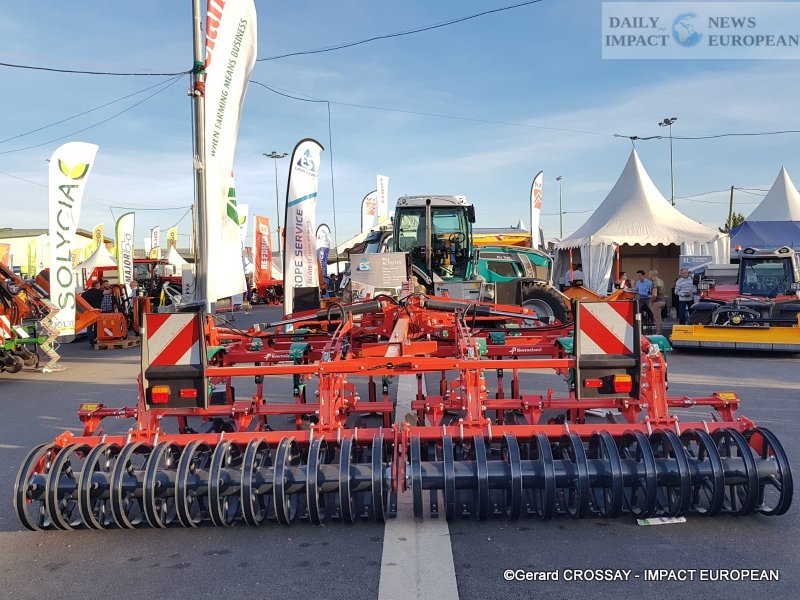
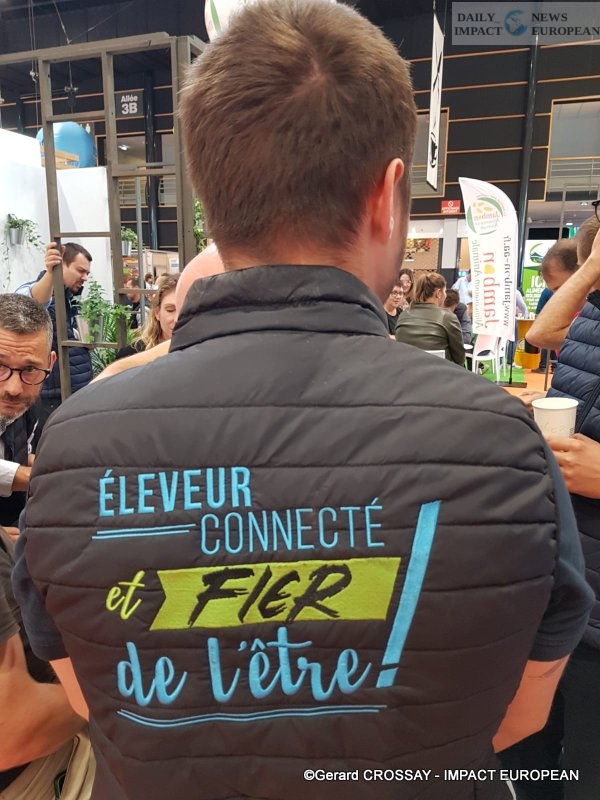
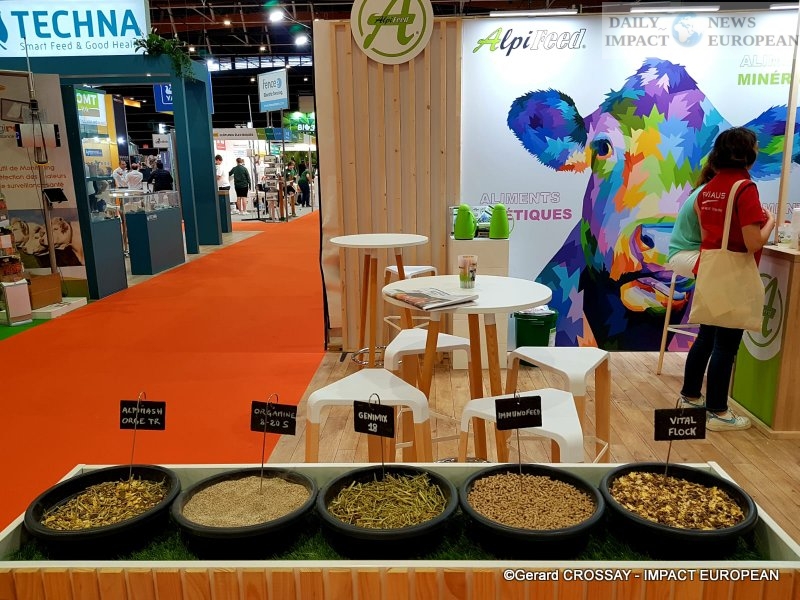
More Stories
Meeting between French and Israeli counterparts Emmanuel Macron and Isaac Herzog at the Élysée
“Dansong” at the Avignon Off Festival 2024
Olympic Flame at the Jardin du Musée Mac Val